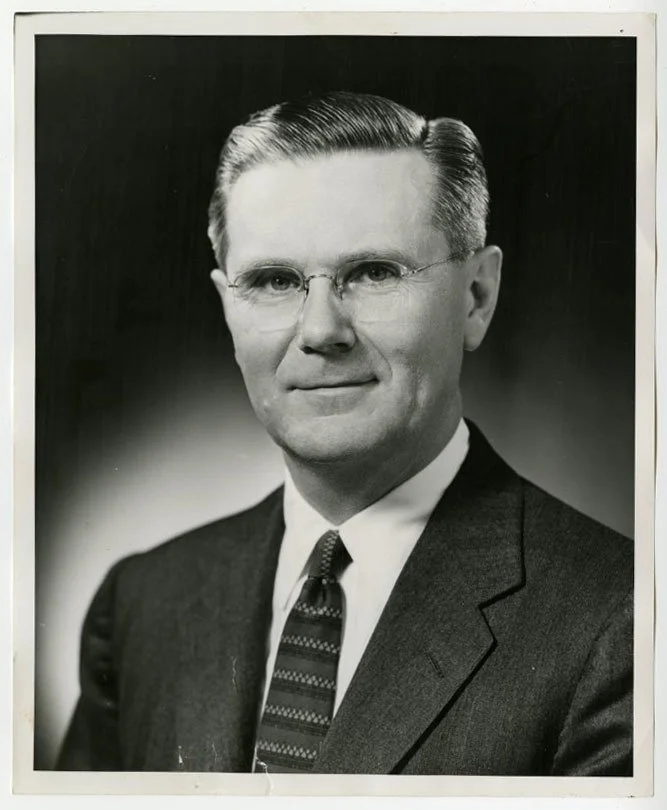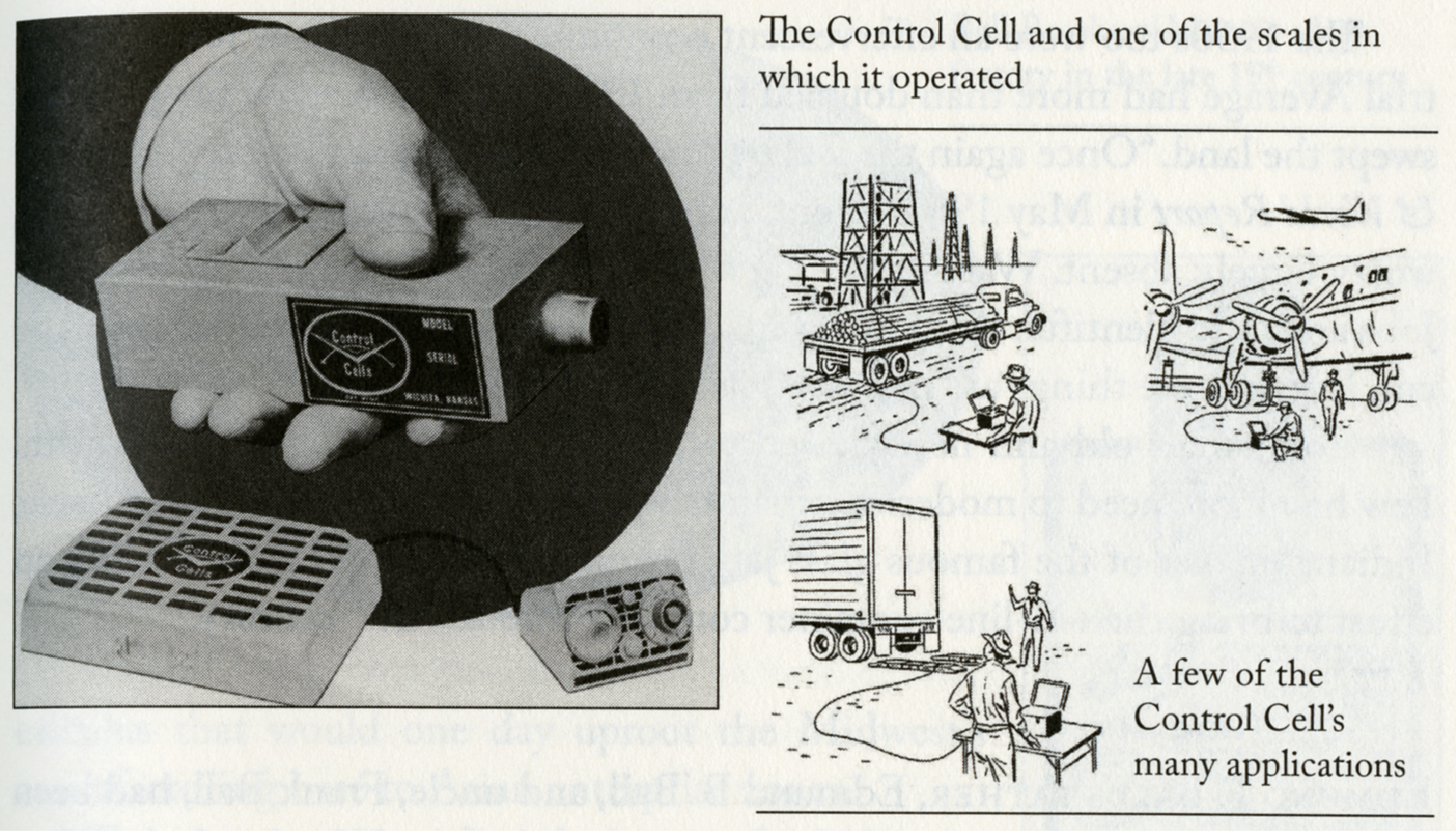A Brief History of Ball Aerospace
Edmund F. Ball
In the early 1950s, Edmund F. Ball wanted to expand Ball Brothers Company’s product lines, improve quality, and institute more efficient and modern manufacturing techniques. He felt this could be accomplished through technology research and development and would be “essential to future growth.”
It was more practical to purchase a small company that was already doing R&D instead of starting a new one, so the search for a company that would fit their needs began. The Stuart Cochran & Co. of Chicago firm had previously helped Ball Brothers acquire Chardon Rubber. They suggested investigating a small company in Colorado that was making weighing devices for trucks. Mr. Ball thought the device might be applied to weighing batch glass and that this small investment could improve glass production. The company, named Control Cells, was located near a university and a highly skilled workforce, so in 1955, Ball Brothers took a one-year trial ownership option.
Control Cells was founded in 1953 by Ed Safford. He had developed a new type of scale to more accurately weigh truck payloads by measuring weight electronically rather than mechanically - using a control cell. He wanted to expand the device for use in other industries, but the company struggled financially and with product quality.
From Jars to the Stars, Todd Neff, pp. 37.
Art Gaiser,
Art Gaiser, newly appointed Research & Development Director at Ball Brothers, was sent to review the weighing device. He consulted with a group of scientists from the University of Colorado laboratories, and they confirmed his thoughts that it was not a profitable product. At that time, the group at UC was making pointing control systems for upper atmospheric studies, and Gaiser became interested in their work.
In 1956, the UC group decided to stop manufacturing pointing controls and focus solely on research. With that transition, Ball Brothers hired several of their scientists and brought them to Control Cells. That same year, Ball Brothers bought three lots in Boulder’s Industrial Park, built a $60,000 facility, directly purchased Control Cells, and formally incorporated Ball Brothers Research Corporation. This was the beginning of Ball Brothers’ venture into R&D and aerospace technology.
Initially, the new Ball division focused on developing pointing controls and launch services. That work eventually led to a wide variety of space technology components for satellites, aerospace vehicles, and the specialized facilities in which to develop and test them.
Communications antenna mounted on top of the PLSS (Personal/Primary/Portable Life Support System) astronaut backpack.
Anechoic Chamber: Room designed to absorb sound or electromagnetic waves.
GEOSAT: A tactical oceanography satellite used by the U.S. Navy to gauge the topography of the sea floor, sea height and density, and to support ship routing and other amphibious operations. 1995
In August 2023, Ball Corporation announced the sale of the aerospace division to BAE Systems. After 68 years in the aerospace industry, Ball made the decision to divest in order to focus on its aluminum packaging products and sustainability initiatives.





